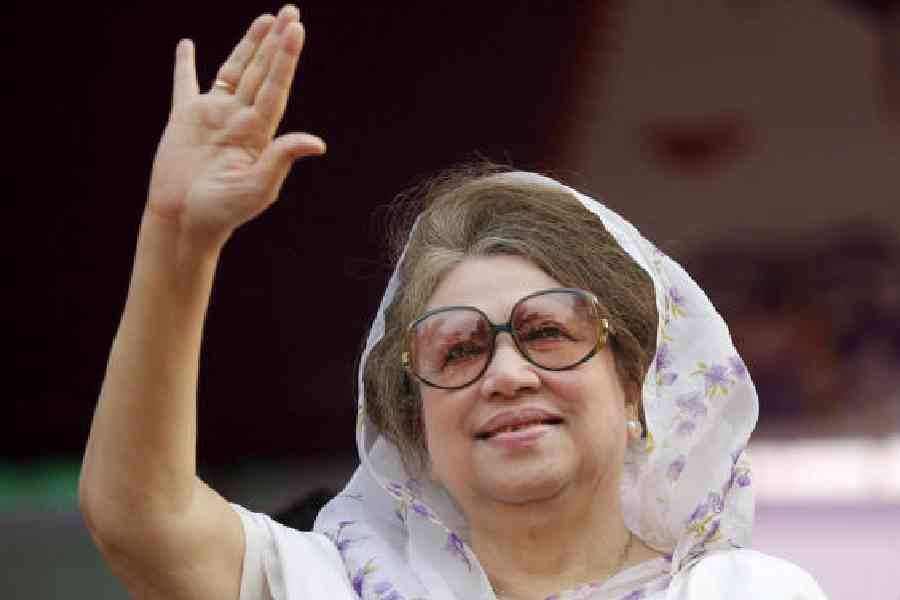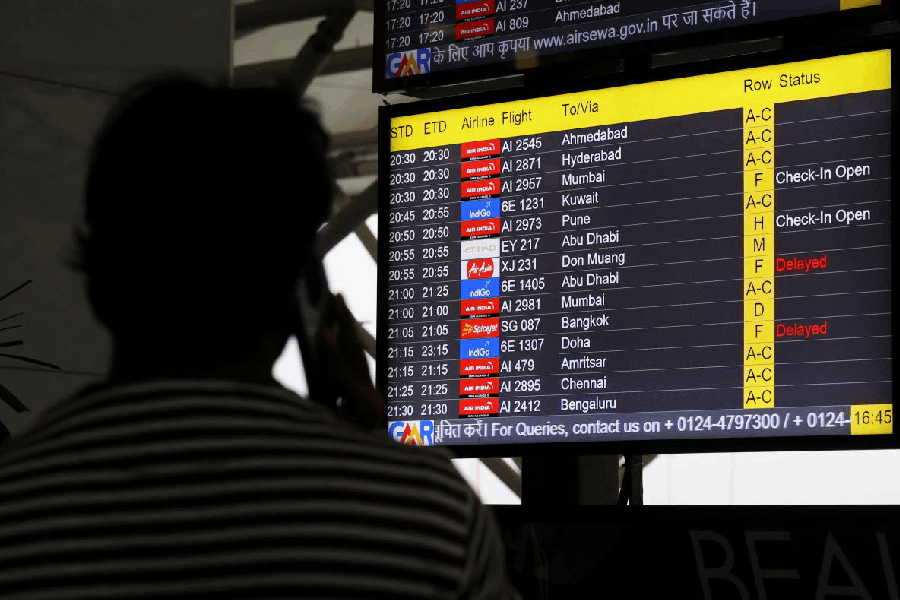A recent World Bank report revealed that India’s consumption-based Gini index has improved from 28.8 in 2011-12 to 25.5 in 2022-23. The Narendra Modi government, as is its wont, made much of this finding, claiming that it confirms that India is the fourth-most economically equal country globally. However, the gain in the Gini index is just one parameter cited in the World Bank report; strikingly, the same report also warned that the conclusion about inequality diminishing in India may be flawed due to “data limitations”, adding that the World Inequality Database shows income inequality rising from a Gini of 52 in 2004 to 62 in 2023. Moreover, wage disparity remains high in India, with the median earnings of the top 10% of the population being 13 times higher than the bottom 10% in 2023-24. The Centre has cited consumption inequality and drawn comparisons between India and other countries whose rankings are based on income inequality. This is a sleight of hand because consumption inequality is usually lower than income inequality as the rich save a substantial portion of their earnings, which does not reflect in consumption data. Consequently, while real consumption power remains unequal, it appears more evenly distributed than income on the Gini index.
In fact, the Gini index as a measure of income inequality has been widely decried. The index is most sensitive to changes in the middle-income group and does not adequately reflect changes at the highest and the lowest ends of the economic spectrum, which is where economic inequality is most acute. Particularly relevant to India is the fact that the Gini index is impervious to underreported incomes from the informal economy, which constitutes a large part of India’s workforce. That India faces severe and worsening inequality cannot be denied. Research — the government summarily dismisses these — has pointed in this direction repeatedly. For instance, in December last year, a paper — echoing an Oxfam finding earlier — by leading economists, including Thomas Piketty, showed that in 2022-23, the richest 1% of India’s population controlled 22.6% of the national income and held 40.1% of the nation’s total wealth, while the bottom 50% of the population got only 15% of the national income and held 6.4% of the nation’s wealth. The government’s claim of India improving on equality flies in the face of such compelling statistical evidence in the opposite direction.










